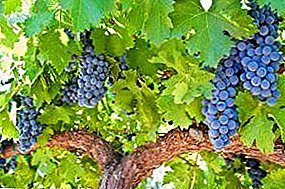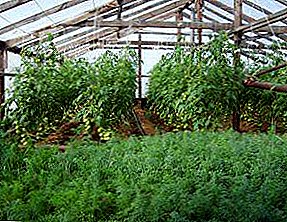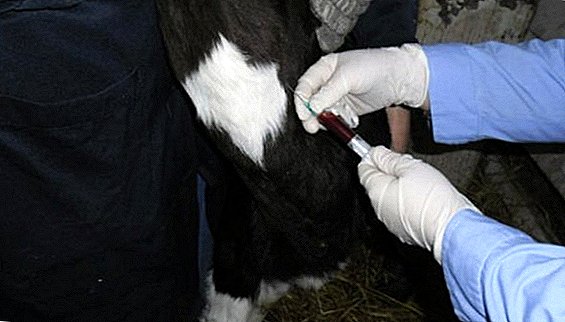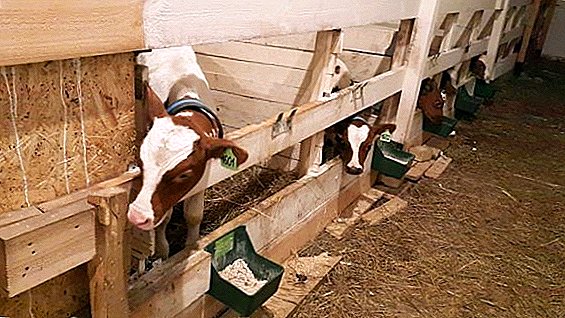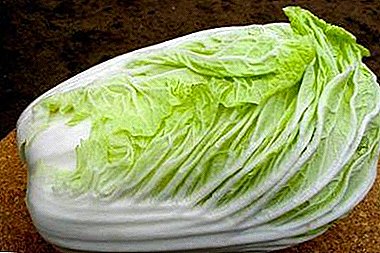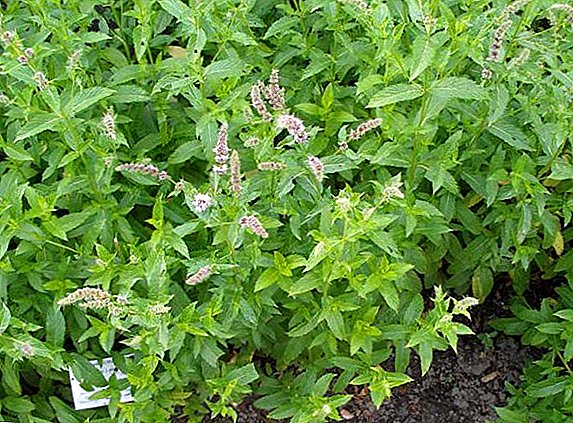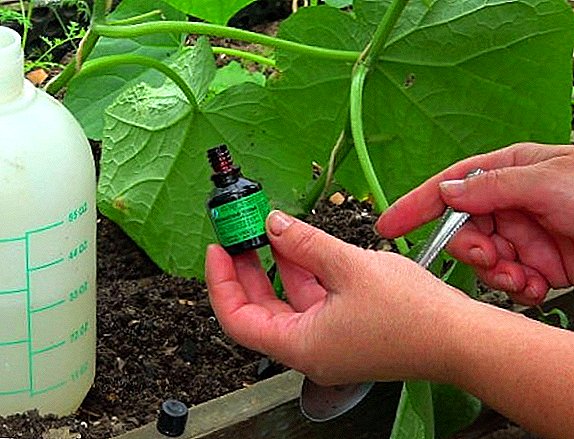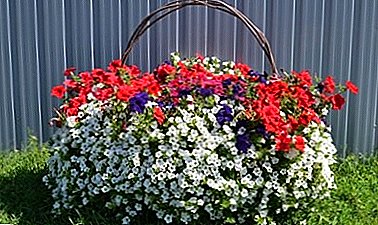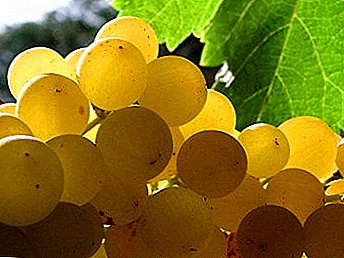
There is a wide variety of cultivated grapes in the world.
All of them are different in their indicators: productivity, adaptation to the place of growth, technology of their cultivation, etc.
Among this diversity, the Bianka grape variety, which has its own unique properties and characteristics, occupies its niche.
Bianka variety description
 Bianca traditionally belongs to the technical (wine) varieties used to make white table and fortified wines. The varieties Levokumsky, Augusta and Kristall are of the same type.
Bianca traditionally belongs to the technical (wine) varieties used to make white table and fortified wines. The varieties Levokumsky, Augusta and Kristall are of the same type.
But, its properties can serve as a raw material base for cognac production.
It is important to note that such use of the Bianka variety is even preferable due to its alcohol, which is distinguished by its bright organoleptic properties, soft pleasant taste and vanilla-almond tones in flavor.
The marc produces a great grape vodka (grappa) with a delicate, spicy aroma.
Appearance of grapes
Externally, Bianca is a stunted vine with dark, weakly dissected leaves of medium size, with abundant clusters of small white berries with a greenish hue.
The berries have a dense thin skin, juicy pulp with a high content of sweet juice. The sugar content of the berries is about 20-28% and exceeds the acidity. Angelica, Krasa Nikopol and Lydia also demonstrate high sugar content.
Vine characterized by good aging of the shoots and rooting cuttings. Fruit buds are laid every year.
Breeding history
Bianca is a hybrid grape variety, was bred in 1963 by Hungarian breeders by crossing two varieties - Villard Blanc and Chasla Bouvier. Among the hybrids are also known Delight Black, Monarch and Vanyusha.
It is widespread in many wine-growing regions, including the south of Russia. (Rostov region, Krasnodar Territory), Ukraine, Belarus and other countries (Poland, Germany, etc.).
Specifications
The variety is characterized by good fruitfulness of shoots (up to 100%) and yield, early ripening (in some regions of Russia it is possible to harvest in August).
 Bianka is a very frost-resistant variety, can withstand temperatures up to -27 degrees, which makes it easier to care for grapes in the autumn-winter season.
Bianka is a very frost-resistant variety, can withstand temperatures up to -27 degrees, which makes it easier to care for grapes in the autumn-winter season.
He does not need shelter in the winter, he recovers well after frost. Ruta, Zarya Nesevaya and Denisovsky demonstrate the same signs.
It is characterized by transportability, it can be long on the bushes, accumulating sugar and reducing acid.
For reference, As a result of research in the Don and Kuban, Russian technologists have found that it is possible to obtain a high coincidence in crop quality and high productivity by intensively cultivating the variety.
At the same time, bushes (small cupped form) are planted according to the scheme 3-3.5 x 0.5-0.7 m, without using trellis, or using a simplified trellis.
When administered, the vine is trimmed to 2-3 peepholes, the load on a hectare is imposed from 90 to 140 thousand shoots.
A photo




Diseases and pests
A significant advantage of the Bianka grape variety is its resistance to fungal parasites that destroy vineyards, such as mildew, gray mold, oidium.
Do not forget about such common diseases of grapes as anthracnose, chlorosis, bacteriosis, rubella and bacterial cancer. You can get acquainted with their signs and preventive measures in separate articles of the site.
The variety is immune to insect pests such as phylloxera (grape aphid).
At the same time, like any other grape variety, Bianca needs protection from birds and wasps, which cause significant damage to the ripened crop, when birds peck around ripe berries to drink the juice of the chicks, and wasps complete the birds.
 How to deal with them? Each grower has his own way of crop protection.
How to deal with them? Each grower has his own way of crop protection.
Rattles and firecrackers, ribbons fluttering in the wind, frightening, even shooting birds, are used, but these are all temporary ineffective measures.
A productive method, according to the experience of many winegrowers, can be the covering of grapes with a protective net - anti-mosquito, fishing with a small cell, army camouflage, at the discretion of the owner of the vineyard.
As for wasps, grapes can be protected from them in the following ways:
- destruction of wasp nests (burning);
- the installation of traps: cans or bottles of 0.5 l, with syrup poured to the bottom, to which any insecticide is added.
At the same time, it is important that the installed traps are not accessible to domestic birds and small animals.
It should be noted that, despite the resistance to "classical" diseases, the variety may be susceptible to Alternaria, therefore there is still a need for preventive treatments with fungicides.
Summing up, we can say that Bianka grapes is one of the most technologically advanced, unpretentious, fruitful, problem-free varieties, it can be safely called the workhorse of industrial viticulture. Unpretentiousness is also distinguished by Aleshenkin Dar, Giovanni and Delight Perfect.



